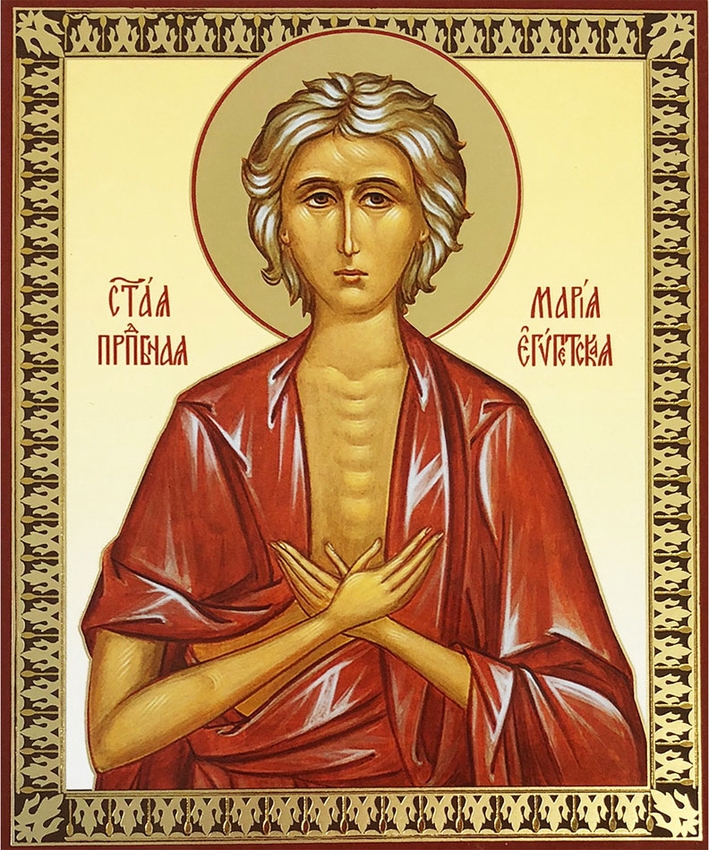Mary – Lights of Snow – is a Slavic holiday that has existed for so long at the junction of ancient pagan and Christian traditions, it is almost impossible to determine to which historical period this or that traditional part belongs. Celebrate the day of Mary of Egypt on April 14 (April 1 in the old style). This holiday is considered to be folk-Christian (along with Shrovetide, Elijah’s Day).
Kyiv. Ukraine. Ukraine Gate – April 14, 2021 – Ukraine society and culture
History of the holiday
The history of the holiday lies in two cultural strata – Slavic pagan mythology and Christian legends. According to the Slavic pagan tradition, on April 1 (according to the old style) the lower deities and guardian spirits (house, water) returned to life and fell asleep for the winter. The lower deities and guardian spirits were revered by the Slavs both as possible helpers and as potentially dangerous creatures to be appeased.
Also, the holiday, as a folk-Slavic holiday of the spring-summer cycle, is closely associated with the harvest. One of its names, “empty soup”, Mary’s Day was given because, in early April, people switched to “starvation mode”. Foods, in particular cabbage, ran out in the cellars, the soup became less nutritious. To replace cabbage, ate sorrel, nettle.
April 14 was perceived as the final victory of spring. The snow is finally coming down, the earth is bringing its first gifts again.
Christianity brought a different specificity to the holiday. The first day of April (in the old style) for Christians is a day of veneration of St. Mary of Egypt, the patron saint of all repentant people. Symbolically, the remission of sins and the spiritual renewal associated with the Christian tradition of the forgiven prostitute, who repented and became a saint, coincided with the feast of the “flight,” the final triumph of spring and life over winter and death among the Gentiles. Christians celebrated renewal, renunciation of sin, fasting.
The story of Mary of Egypt, who lived 50 years in the wilderness to atone for her sins after repentance, harmonized well with the need to endure hard times with scarce supplies. Thus the pagan and Christian bases of the holidays harmoniously complemented each other began to coexist as a folk-Christian holiday.
Traditions and rites
Most of the traditions and rites are associated with the Slavic-pagan basis, as paganism is more prone to rituals.
The two main ritual actions are related to the well-being of the house and the sacrifice of water.
According to the Slavs, a housewife is not only an assistant but also a typical deceiver. Cunning and dexterity help him to run the farm, so on April 14 these qualities were famous:
The girls deceived the number of people, a multiple of 3 (3, 6,9), so that they were lucky in marriage;
If 12 people are deceived, according to the number of months in the year, then all 12 months the economy will be strong;
If you are not deceived, you will be successful in trade;
Who of the spouses was the first to cheat, he will lead the family all year round.
The horse was sacrificed to the waterman so that he would not be very angry, and they were afraid to approach the water that day.
Signs
The signs on this day were directly related to the climatic conditions of summer. The Slavs tried to predict what the harvest would be like:
“Quiet” thunderstorm, only with flashes, without thunder rumbles – not rainy, even dry, until summer;
If the ice lies near the shores or there is not much snow, it is a difficult year (the land has slept for a long time and will not be so fruitful).
Read also: Electing a New Composition of the Public Council at the Ministry of Education and Science
Source: Ukrgate







